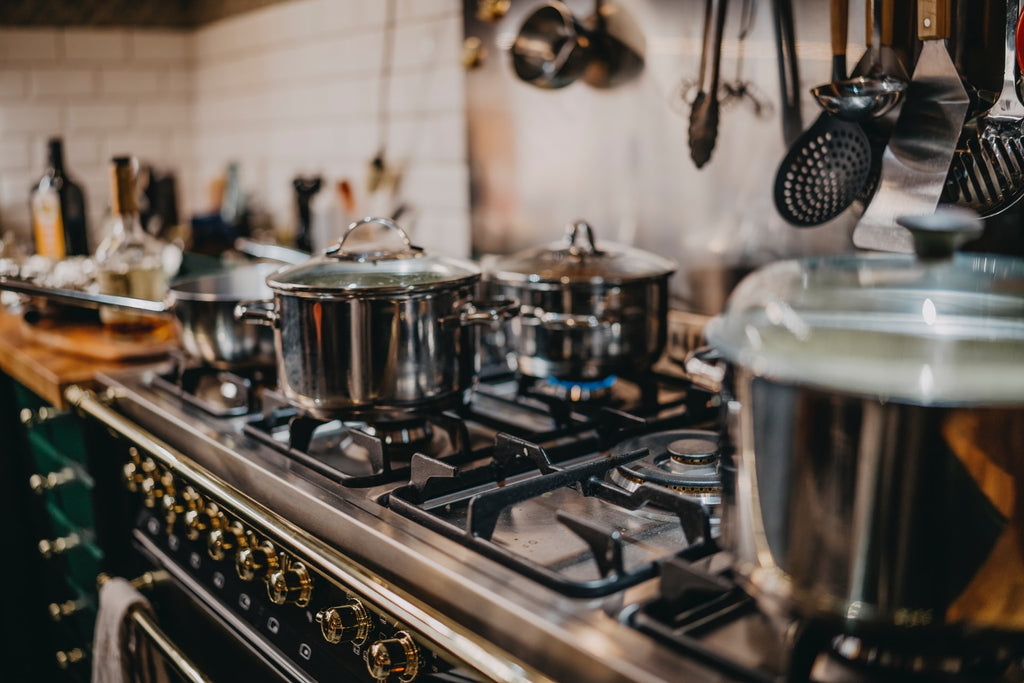Kitchen Utensils – Heavy Metal Contamination
Share

By Loana Duque
Materials from cookware can transfer to food and poison us. Heavy metals are chemical elements that tend to accumulate in the body and produce toxicity: mercury, lead, cadmium, arsenic, selenium, beryllium and aluminum. They are endocrine disruptors, carcinogens, accumulate in the kidneys or liver, damage the hormonal and immune systems and cause obesity and other alterations.
CLAY: made of the safest materials. You just have to make sure they are enamel free (which may contain lead or cadmium)
GLASS AND CERAMIC: they are inert, non-toxic materials. Chipped ceramic and cut glass, which contains lead, must be discarded. ⚠️ Not all glazed ceramic containers are suitable as they may contain lead and release it to food.
ALUMINUM: better discard them since it is a neurotoxic element and is recognized as one of the factors related to Alzheimer’s, among other diseases. ✅ There is an anodized aluminum on the market, that is, sealed, which prevents the incorporation of aluminum into food (check before buying)
SURGICAL STEEL: these utensils do not release metal ions even when subjected to high temperatures. It is not porous and has no coatings.
CAST IRON: they are an option (although very heavy) if the necessary care is taken to prevent them from rusting.
STAINLESS STEEL: iron and carbon alloy to which different proportions of heavy metals are added, for example 18/10 steel has 18 parts of chromium and 10 parts of nickel.
TEFLON: Synthetic material that is used as a non-stick and contains a substance, which accumulates in the body, which is not biodegradable and which causes serious alterations.
If you use pans with Teflon make sure that they do not scratch because they give off tiny fragments of the toxic coating, in addition to the gas that gives off at high temperatures. Get rid of any utensils that are old or not labeled “PFOA and PFOS free.

Loana Duque
www.loanaduque.com
